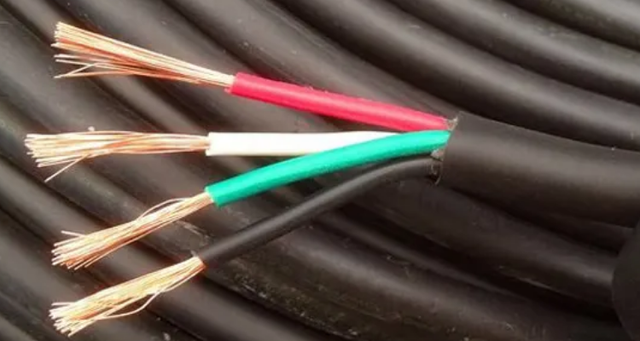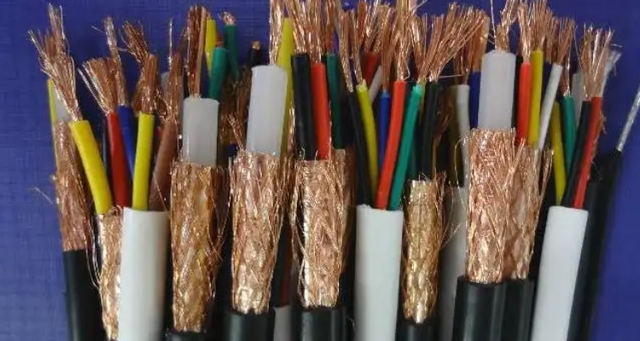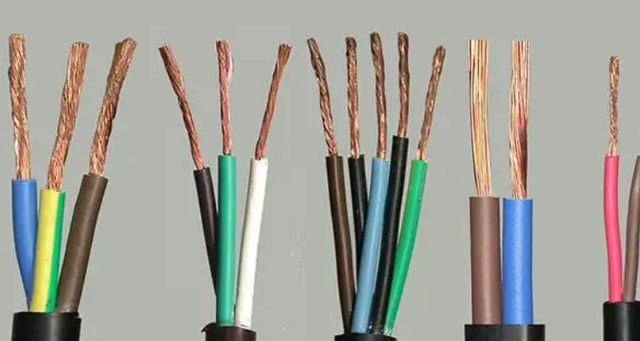The diameter of the 240 square cable is 17.48 mm.
Introduction to cables
A cable, usually a rope-like cable consisting of several or several groups of conductors, each group of at least two, is insulated from each other, and often twisted around a center. A highly insulating covering, especially for submarine cables.
Definition of cable
A cable is a wire that transmits electricity or information from one place to another, made of one or more conductors insulated from each other and an outer insulating protective layer.
The cable is usually made of twisted wires. Each group of wires is insulated from each other, and the entire outer surface is covered with a highly insulating covering layer. The cable has the characteristics of internal electrification and external insulation.
The origin and development of cables
In 1831, the British scientist Faraday discovered the “law of electromagnetic induction”, which laid the foundation for the progress of the use of wires and cables.
In 1879, Edison in the United States created the electric light, so the wiring of electric light has a broad prospect; in 1881, Golton in the United States created the “communication generator”.
In 1889, Flandy in the United States created an oil-impregnated paper insulated power cable, which is the current type of high-voltage power cable used in front of him. With the development and actual needs of human beings, the progress of wires and cables is also becoming more and more rapid.
Classification of cables
DC cable
Serial cables between components; parallel cables between strings and between strings and DC distribution boxes; cables between DC distribution boxes and inverters. The above cables are all DC cables, and there are many outdoor installations. They need to be moisture-proof, sun-proof, cold-resistant, heat-resistant, and UV-resistant. In some special environments, they also need to be protected from chemical substances such as acid and alkali.
AC cable
The connecting cable from the inverter to the step-up transformer; the connecting cable from the step-up transformer to the power distribution unit; the connecting cable from the power distribution unit to the grid or the user. This part of the cable is an AC load cable, and there are many indoor environments. It can be selected according to the general power cable selection requirements.
Application of cables
Power Systems
The wire and cable products used in the power system mainly include overhead bare wires, bus bars, power cables, rubber sheathed cables, overhead insulated cables, branch cables, magnet wires, and electrical equipment wires and cables for power equipment.
Information transfer
The wires and cables used in the information transmission system mainly include local telephone cables, TV cables, electronic cables, radio frequency cables, optical fiber cables, data cables, electromagnetic wires, power communication or other composite cables.
Instrumentation system
Except for overhead bare wires, almost all other products are used in this part, but mainly power cables, magnet wires, data cables, instrumentation cables, etc.
Post time: Jun-20-2022



